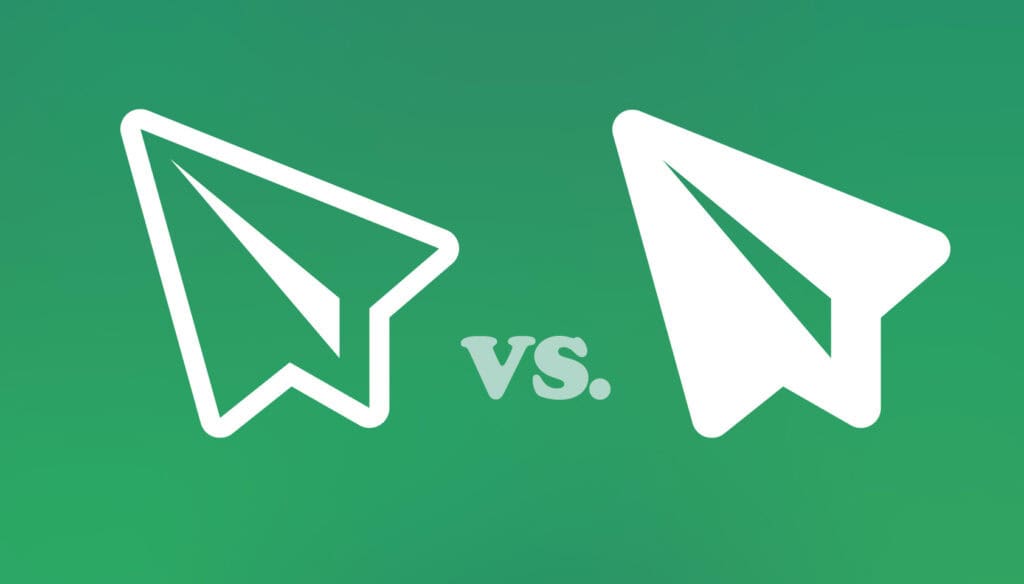With the release of iOS7, Apple made the most significant changes to their application design guidelines to date. iOS7’s design language emphasizes a light, almost minimalist aesthetic approach to interface controls, including all the iconography used to label actions and views within an app.
While this change certainly modernized and simplified Apple’s operating system, it also impacted how people understand and use it. As some argue, this was not necessarily a change for the better.
In particular, the move to outlined (vs. solid) icons in Apple’s design guidelines has spurred significant debate. These symbols are used extensively in mobile apps to explain what’s possible and how to get things done. They need to communicate quickly and clearly. But do they?
Software designer Aubrey Johnson wrote an article arguing that they don’t and stated simply: “Hollow icons are more work for your users.” Audrey’s argument boils down to the idea that complex (outlined) shapes are harder to parse and understand than simple solid shapes that contain less visual elements. Less visual elements, means faster parsing, and thereby faster understanding. From a Gestalt perspective, Aubrey’s argument seems to make sense but not everyone agrees.
Bobby Solomon, for instance, wrote a counter article stating: “You’ve probably stored hundreds if not thousands of symbols in your head, so I’m not sure how a few ‘hollow icons’ are going to completely confound you”
Bobby points out that written language is essentially a set of “hollow icons” and that we readily process and understand them while reading every day. Fair enough, but context may play a critical role as language is a set of symbols we interpret the same way every day many times a day. A set of icons within an app is never going to get that kind of exposure. In an interface, iconography needs to communicate — whether we’re familiar with it or not.
Caesar Wong chimed in to the debate as well on Quora by highlighting several sources that detail how images are processed by our eyes. Caesar’s personal conclusion was that the whole debate is more about art than science.
So what do you think? Which icons are easier to understand at first glance: outlined (hollow) icons or their solid (filled in) icons?
How did you vote? Should icon design take its lead from its context, or does legibility supercede context? Let us know your thoughts in the comments.
Featured image/thumbnail, uses hollow icon set image via Shutterstock.
